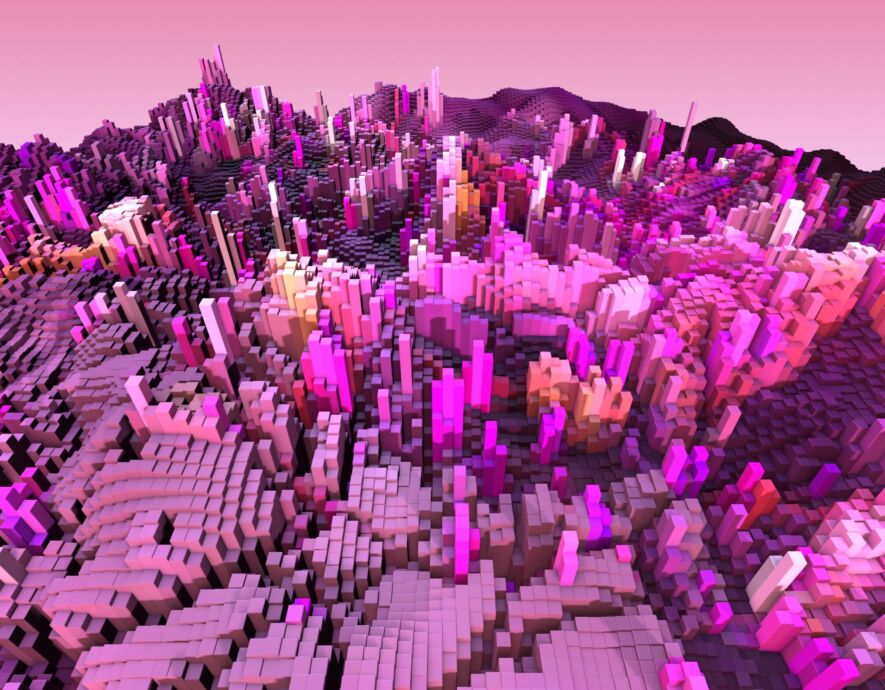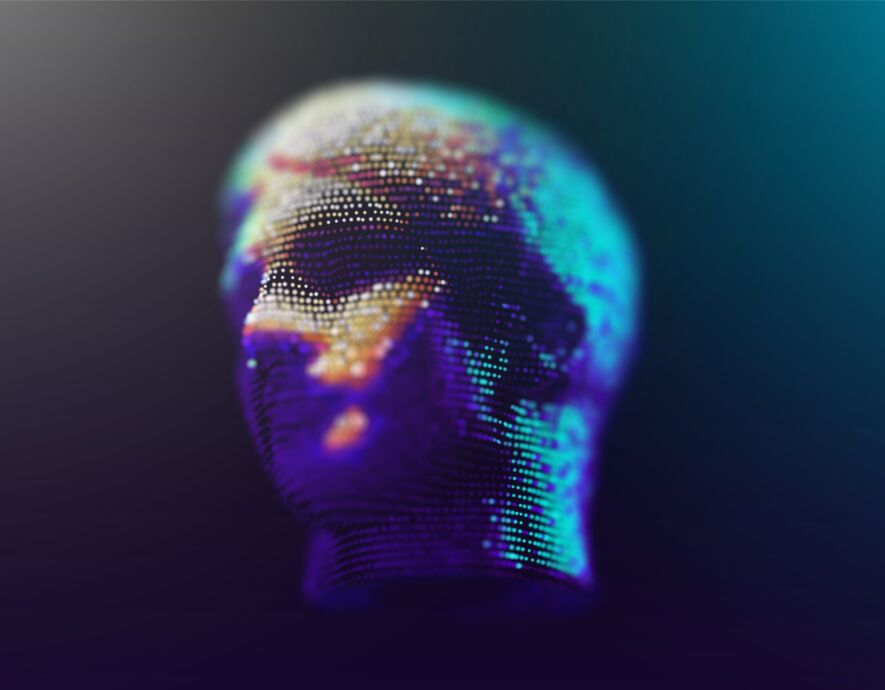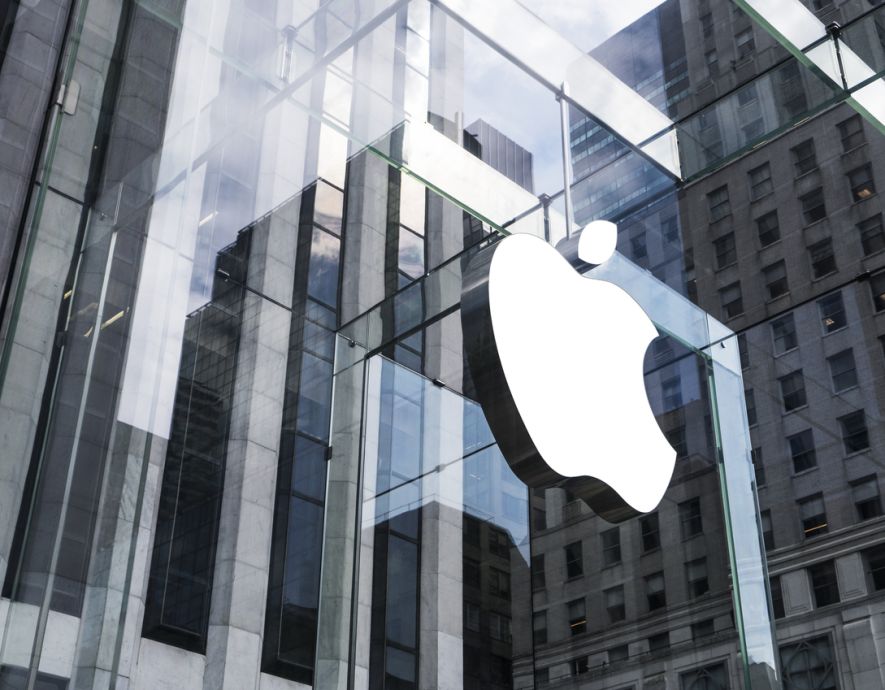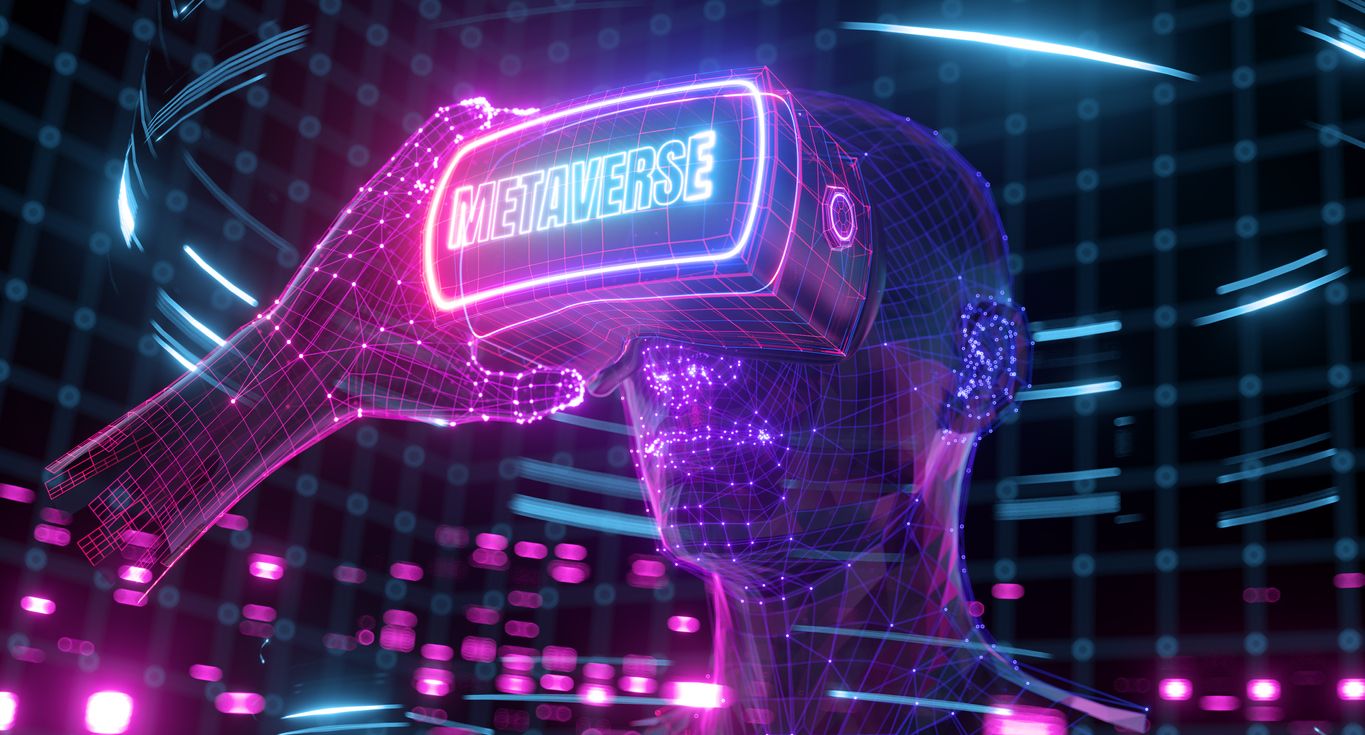
- Home
- Digital transformation
- “Ready Player One”: a vision of the Internet’s future that blends utopia and dystopia
“Ready Player One”: a vision of the Internet’s future that blends utopia and dystopia
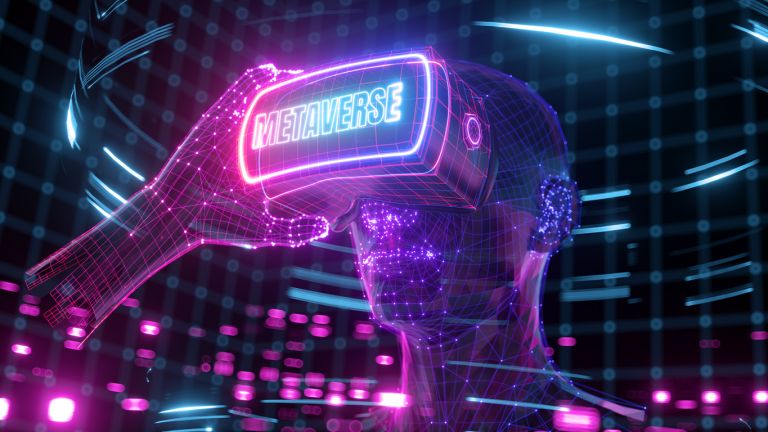

This 2018 film from Steven Spielberg gives the general public an insight into what metaverses might one day look like. It depicts the strengths and limitations of the virtual spaces that are being heralded as the future of the world wide web.
The film opens with the protagonist taking stock of the period in which he lives. 2045: after a series of environmental and economic crises, humanity has stopped trying to solve its problems. People have gone into survival mode, simply dealing with reality as it is. In fact, everyone is trying to escape reality within better, virtual worlds, where everyone can be what they want to be, freely able to decide their own gender, shape, origin and destiny, great or small.
Ready Player One‘s virtual worlds also offer a response to disillusionment, endemic poverty and unemployment, pollution and climate disruption. Everyone can access these parallel worlds, giving them a chance to enjoy an ideal life, or rather a dream of social advancement through an extreme « gamification » of reality.
This does beg the question, however: just what are these virtual worlds? What are these metaverses that are at the film’s core? To attempt to find some objective answers, we need to start by adding the adjective « persistent » to the term « virtual worlds ». What is special about these digital spaces is that, depending on the material resources made available to them, they continue to evolve, whether you are connected to them or not.
Secondly, there is a strong link between these virtual worlds and the world of business. This film – like the novel on which it was based – owes some of its fame to the multitude of pop culture references that abound in it. It conjures up video games, music and cinema. This link goes through entertainment.
Different conceptions
As early as 2020, Microsoft and Meta bosses Satya Nadella and Mark Zuckerberg were banking on a rapid rise of this new way of consuming virtual services using avatars. It would cover everything from games and education to public, private, business and government services. We should also remember that this is when Zuckerberg changed the name of his company from Facebook to Meta, in reference to the « metaverse ».
The main difference between these two approaches lies in the professionalization of how the metaverse is used at Microsoft, which stressed the technology’s educational and academic potential, whereas Meta took a more general-public approach. However, in late 2022, a surprise guest was to lay waste to all these expectations with an entirely different kind of service: generative, conversational and other algorithms.
It is true that the prospect of being able to interact with a machine in a smooth, coherent way or of being able to generate the wildest images in the most refined styles were far more appealing than the experiences offered to the public. The thousands of euros spent by various, more or less high-end brands to establish a presence in these virtual spaces seemed like a guaranteed way to drum up enthusiasm for, or at least an interest in, these persistent places. Meanwhile, NFTs – Non-Fungible Tokens, non-duplicable digital keys based on blockchains – allowed people to own, and therefore trade in, virtual objects made unique.
All indicators seemed to be lit up in green, but nothing went according to plan. Generative AI and its many uses proved to be the breakthrough innovation of the early 2020s. Why did the metaverse fail when a film like Ready Player One portrayed it in such an attractive way?
A relative failure
First, let’s put this fiasco into perspective. If there is a failure, it is in a strictly general-public sense. Professionals use private metaverses in a wide range of fields and have done so for many years. One example is Dassault Systèmes, which projects virtual twins into its metaverse so that its army of engineers can work together simultaneously in constant interaction. These conditions are necessary for the design of systems, even complex ones like aircraft, which are kept virtual from start to finish. This allows for the first product to come off the assembly line, ready for use, without any need for prototyping.
For the general public, we have to admit that we were hardly wowed the first time we logged into a metaverse. Nothing like how we were first introduced to OpenAI’s ChatGPT. What happened? Perhaps the metaverses’ designers forgot that human-machine interfaces are hardly natural and cannot be taken for granted. The user experience relies on them. But the graphic design and initial experiences were so disappointing that they led to the rejection that we observed.
Does this mean that losing ourselves in an exciting metaverse like in Ready Player One is just a pipe dream? Or do we just have to wait a bit more? There is no absolute answer to these nevertheless legitimate questions. However, we can try to draw some conclusions from the comparison between the metaverses of 2022 and 2045.
First, there seems to be just one metaverse in Ready Player One. It’s called Oasis. It is a character in its own right. Second, everyone seems to know how to use it, whatever their age or physical condition. The interface seems to adapt to each user, offering them an optimal experience, although this does depend on what equipment is used.
During the film’s climax when good and evil collide, these same users, wherever they may be, remain fully immersed in the world without giving a thought to the reliability of the connection that provides them with a good quality of experience. Nor do they have to worry about charging their batteries in Ready Player One. In contrast with these positive points, we should note that Oasis seems to be a monopoly. There is no competition in Ready Player One. This is, in fact, one of the points of the film’s plot.
New rules
The above paragraph allows us to draw up a list of rules that our modern, digitalizing societies should follow for a peaceful transition into the digital world. The first rule might be that everything depends on reliable access to communication networks so that users can be freed from the stress of disconnections interrupting any of their services.
Another would be that systems must be interoperable. Users should not be held prisoner to a proprietary protocol; they should be able to go from one system to another, without difficulties, restrictions or stress. Yet another rule would be that interfaces should adapt to people, not the other way around. This is where the new generative algorithms could be of great help, creating agile interfaces and suitable intermediaries that adjust in real time to each user’s specific needs.
One last point remains, however: ensuring hybrid access to any digitized system that must maintain a physical point of contact. This is especially vital when it comes to public services. The film offers its interpretation of the issues of hybridized access to the services offered in the metaverse. While the protagonist and his girlfriend tenderly embrace, we can hear a voice say that, while the virtual world is extraordinary, the real world is nice, too.
Will these good intentions be enough? At the very least, we can rephrase the « real versus virtual » issue in other terms. At the turn of the millennium, we set out to bridge the digital divide by ensuring everyone had equal access and use of digital tools. In the future, we must make sure we do not allow an analog divide to form. Will we need to set up real-world training sessions to learn how to walk barefoot on the grass? In the rain? Read a printed work? Draw on paper with pens and pencils?
the newsletter
the newsletter

